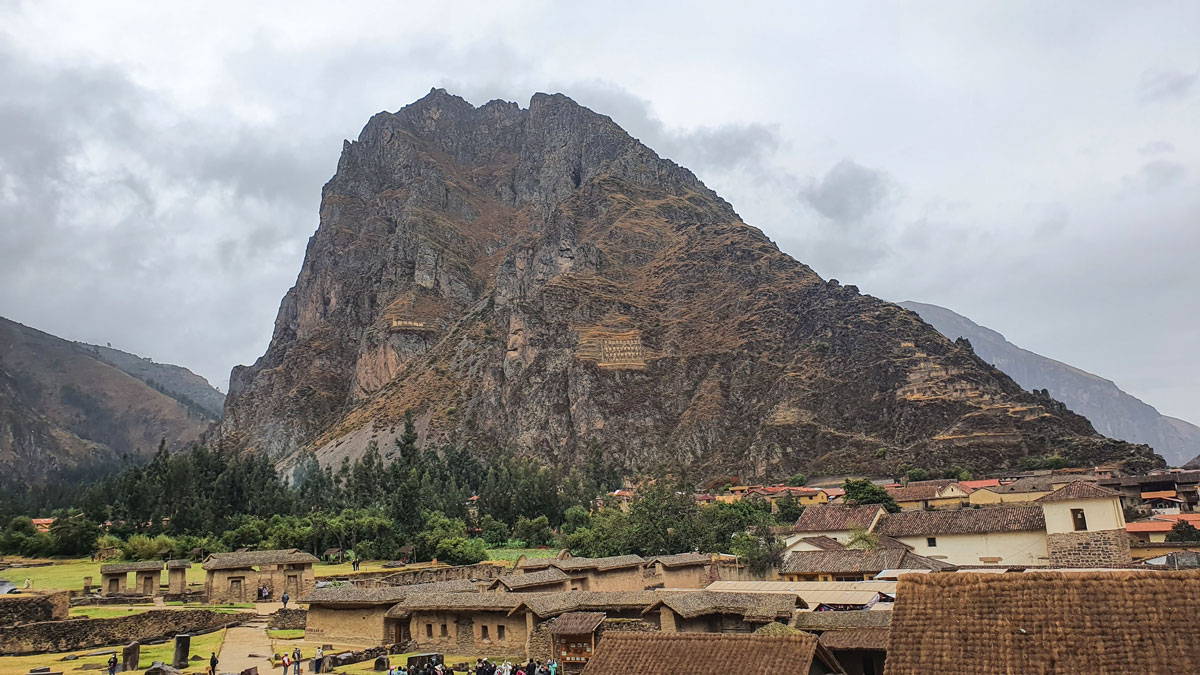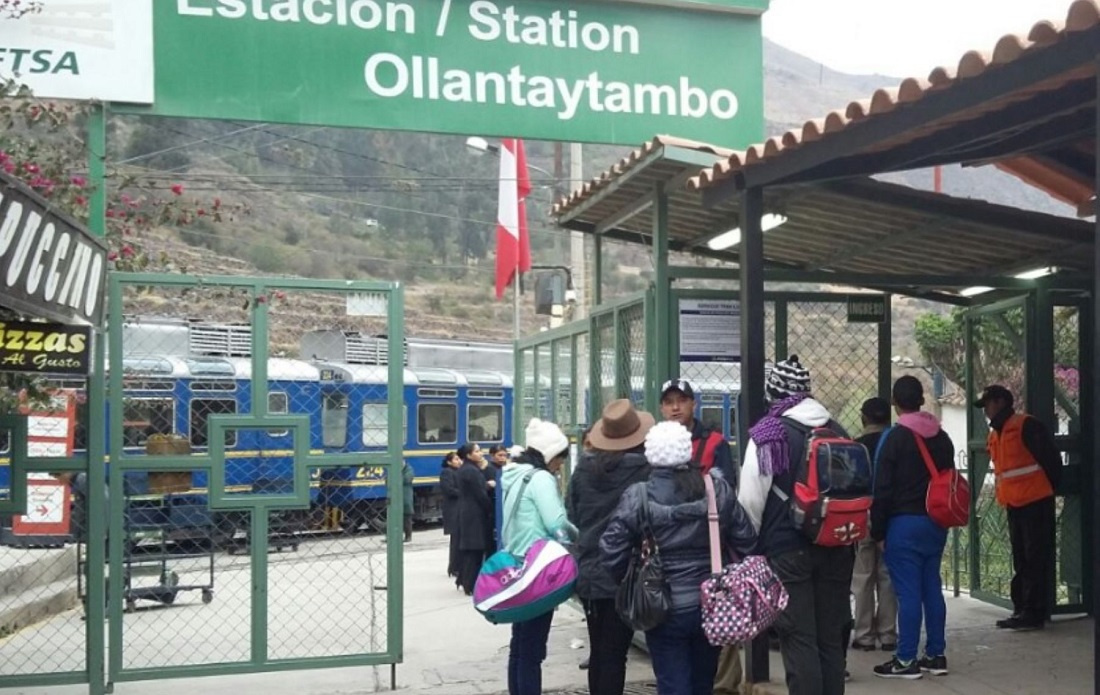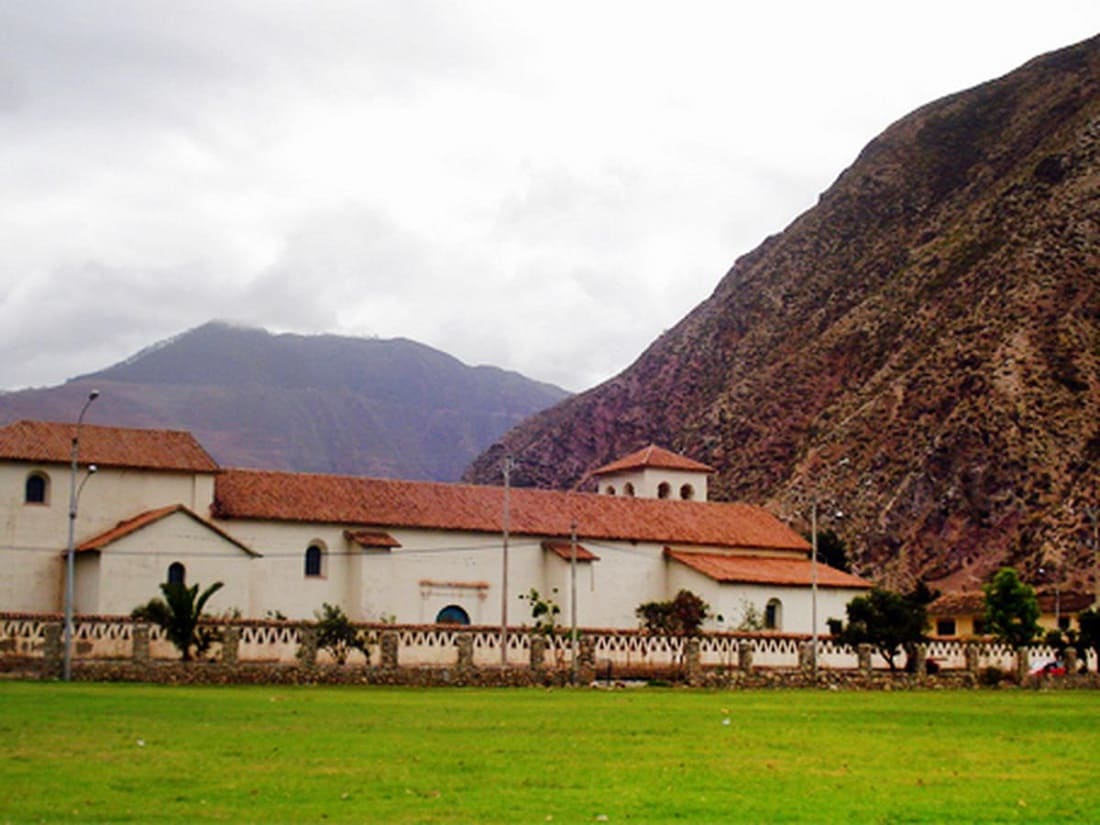
What makes the valley "sacred"? The Inca named rivers by sector and called this stretch of the Urubamba. Wilcamayu, "the sacred river." Spanish explorers applied the concept to the entire valley, calling it the Sacred Valley. The tourist industry likes the appealing, evocative name, too.
A pleasant climate. fertile soil, and proximity to Cusco made the Urubamba River valley a favorite with Inca nobles, many of whom are believed to have had private country homes here. Inca remains, ruins and agricultural terraces lie throughout the length of this so-called Sacred Valley of the Inca. Cusco is hardly the proverbial urban jungle, but in comparison, the Sacred Valley is positively captivating with its lower elevation, fresher air, warmer temperatures, and rural charm. You may find yourself joining the growing ranks of visitors who base themselves out here and make Cusco their day trip, rather than the other way around.
The entire area, though very rural, is served by good roads and public transportation except to the Moray and Salineras sites. The best options are to rent a car or join a tour.
The valley has increasingly taken on a dual personality, depending on the time of day, day of the week, and month of the year. Blame it on Pisac and its famous three-times-weekly market. Every Cusco travel agency offers a day tour of the Sacred Valley each Tuesday, Thursday, and Sunday to coincide with the town´s market days, and they all seem to follow the same schedule: morning shopping in Pisac, buffet lunch in Urubamba, afternoon browsing in Ollantaytambo. You can almost always sign up for one of these tours at the last minute - even early on the morning of the tour- especially if you´re here in the September-to-May off-season. However, Pisac and the rest of the Sacred Valley is relatively quiet on nonmarket days and durareg the off-season. In any case, the valley deserves more than a rushed day tour if you have the time.

Ollantaytambo Fortress
Four Sacred Valley sites (Pisac, Chinchero, Moray, and Ollantaytambo) fall under Cusco´s Tourist Ticket scheme. The ticket´s 10-day validity lets you take in these four attractions as well, and is the only way to gain admission. An abbreviated ticket, valid for two days, also gains you admission to the four sites in the valley.
The Sacred Valley follows the Urubamba River from the town of Pisac, about 30 km (18mi) northeast of Cusco at Ollantaytambo. Beyond that point, the cliffs flanking the river grow closer together, and the agriculturally rich floodplain thins to a gorge as the Urubamba begins its abrupt descent toward the Amazon basin.
To travel from Cusco to Sacred Valley, highways are good and traffic is relatively light in the Sacred Valley, buy any trip entails a series of twisting, turning roads as you head out of the mountains near Cusco and descend into the valley. Most people get here by way of an organized tour. However, you can grab one of PeruRail´s trains from Cusco to Ollantaytambo and then hire a taxi or collectivo to take you around the Valley. Alternatively, you can hire a taxi from Cusco ($60 - 70 USD), or take a bus ($2 - $3,50 USD). Buses depart daily from Av. Grau 525 in Cusco. The road to Machu Picchu ends is Ollantaytambo; beyond that point, it´s rail only.

Ollantaytambo train station
If you travel from Cusco to Sacred Valley, we reccomend you start your trip to Pisac town. Travelers throng to Pisac´s famous twiceweekly market; this is one of Peru´s mos touristy things to do, On Sunday, catch the colorful mass. Also, you must visit the Pisac ruins, a masterpiece of Inca engineering, centuries later the site is in remarkable condition, with masonry more precise than Machu Picchu´s.
Next parade for your tour in the Sacred Valley must be Chinchero, one of the valley´s major Inca cities, was the birthplace of the rainbow. Frequent sightings during the rainy season might convince you of the legend´s truth. Chinchero is one of the few sites in the Sacred Valley that´s higher (3,800 meters or 12,500 feet) than Cusco.
Yucay and Urubamba are two pleasant towns with some good hotels and restaurants are alternatives to staying in the "big city" of Cusco.

Yucay town, Sacred Valley of the Incas
Another sites you must visit when travel from Cusco to Sacred Valley are Moray, the ancestor of the modern experimental agricultural station. The Inca created varying environmental zones with their enormous circular terraces; and Salineras, a centuries.old terraced Inca salt pans thet still used today.
Finally, Ollantaytambo is one of the region´s loveliest towns, with its namesake ruins high above, marks the beginning of the Inca Trail and has a rail connection to Machu Picchu.
